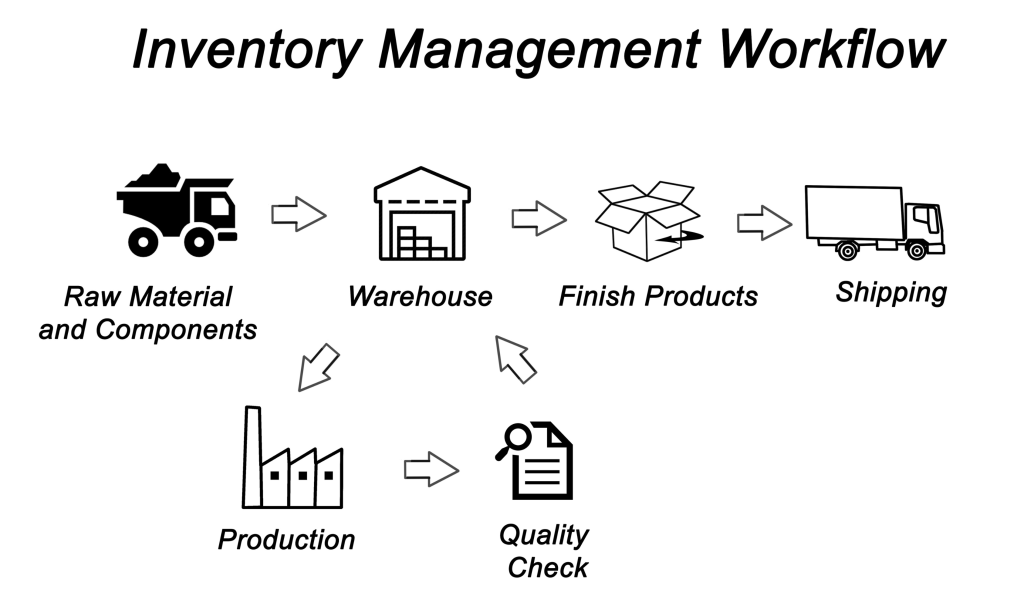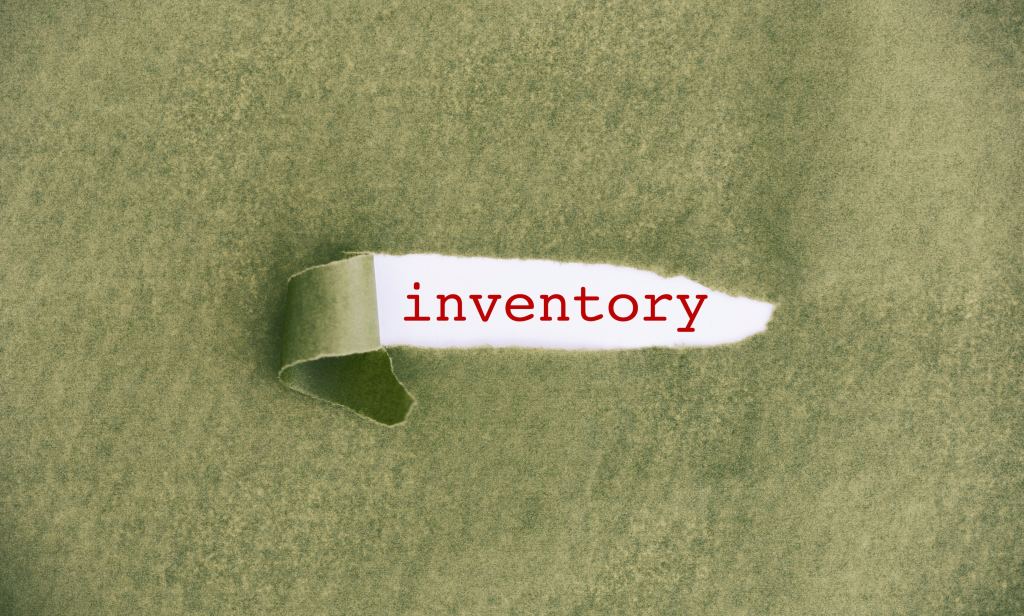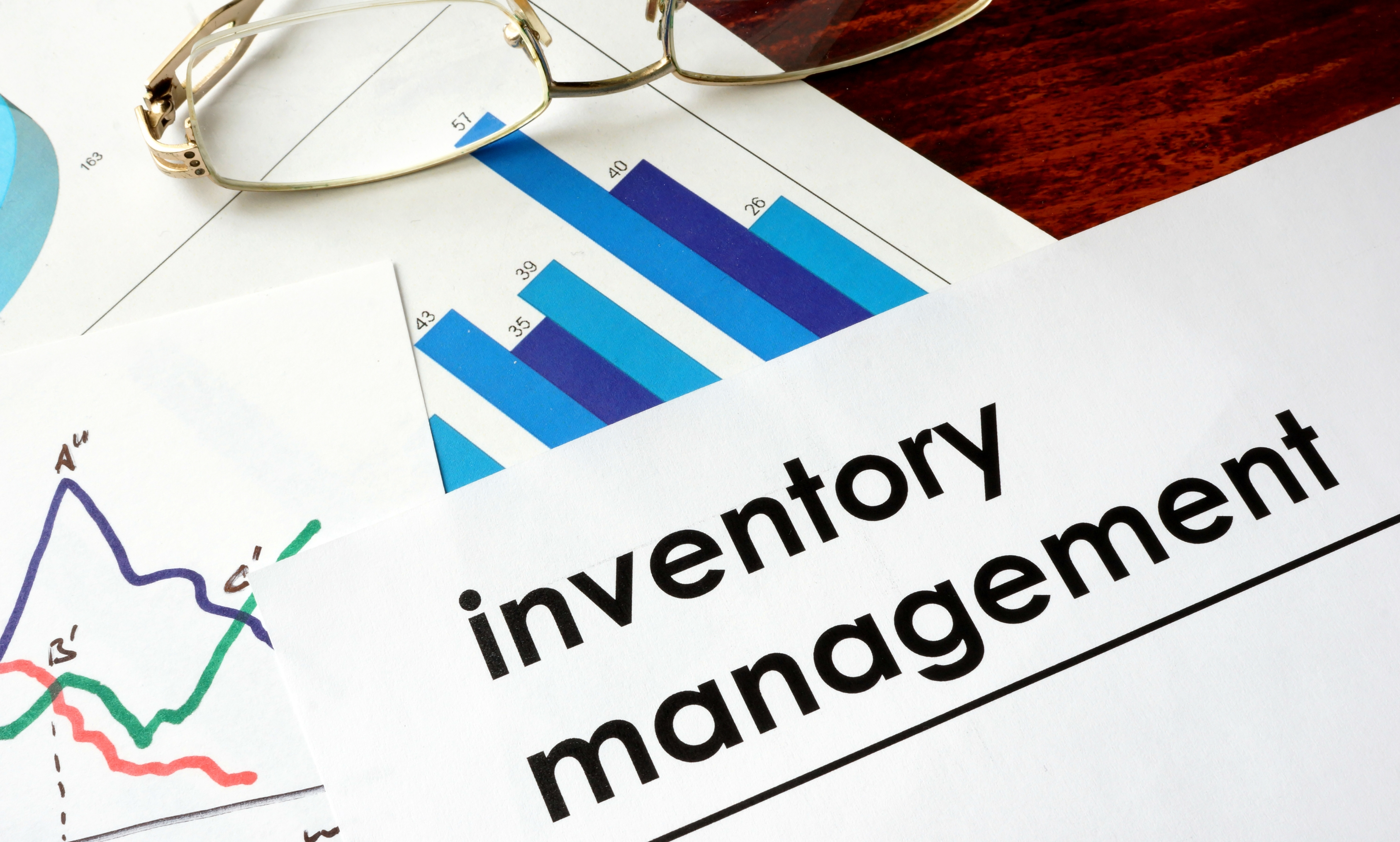Managing your Amazon inventory can be a complex and time-consuming task, but it doesn’t have to be. With the right strategies and tools, you can streamline the process and ensure that your business runs smoothly.
In this ultimate guide to Amazon inventory management essentials, we will provide you with all the information you need to manage your inventory effectively. We’ll discuss how to create an efficient system for tracking stock levels, setting up automatic reordering processes, understanding product lifecycles, optimizing fulfillment options, managing returns efficiently, and much more!
By following these steps and using our helpful tips along the way, you’ll soon become an expert in Amazon inventory management! Let’s get started!
What Is The Inventory Management System Of Amazon?

Before we dive into the specifics of Amazon’s inventory management system, it’s important to understand what it is. To put it simply, the inventory management system of Amazon is a technology used to manage the supply chain and optimize inventory levels. By utilizing this inventory software, Amazon is able to track each item in its vast stock using cloud-based technology databases, prioritizing items that need to be restocked quickly while also accounting for those that are selling faster than expected.
This sophisticated algorithm monitors the buying habits of customers while taking into account the number of available items and their location, making sure that even in times of high demand, shoppers are not left without their much-needed items. With Amazon’s incredible inventory management system, customers can rest assured knowing that their orders will be fulfilled quickly and accurately no matter what.
How To Set Up An Effective Inventory Management System With All The Amazon Essentials

Now that you have a better understanding of Amazon’s inventory management system let’s discuss the essentials of setting up an effective one for your business.
Step 1: Set Up An Accurate Inventory Tracking System
The very first step to getting your inventory system up and running is setting up an accurate tracking system. With Amazon’s cloud-based databases, you can easily keep track of all your products in one centralized place. This way, you always know exactly how many items you have in stock and where they are located.
You can also set up automatic reordering triggers to ensure that you never run out of any items. This way, once a certain amount of an item is sold, the system will automatically order more from your supplier, so there’s always enough in stock.
Step 2: Understand Your Product Lifecycles
Another important part of setting up an effective inventory management system is understanding your product lifecycles. This means being aware of when certain products are most popular and when shoppers are looking for them the least.
By doing this, you can make sure that you always have enough in stock during peak seasons while also not overstocking items that aren’t selling as quickly. This will help you save time and money by avoiding making unnecessary orders during times of low demand.
Step 3: Optimize Fulfillment Options
In order to make sure that your customers receive their items quickly and efficiently, it’s important to optimize your fulfillment options. With Amazon’s warehouse management inventory systems, you can easily store your inventory in different locations around the world and select from a variety of shipping methods.
This way, customers will be able to choose the best option for them while having their items delivered on time. By optimizing your fulfillment options, you’ll ensure that your customers are happy and come back for more.
Step 4: Manage Returns Efficiently
It’s important to effectively manage returns so that customers don’t feel let down by their purchase. With Amazon’s return management systems, you can easily create policies and processes for accepting product returns and issuing refunds quickly and efficiently. The lead time for returns should be as short as possible so that customers can get their money back quickly and you can restock the item for sale again.
This way, customers won’t have to wait too long for their money back and will be more likely to shop with you again in the future. Plus, you’ll save money by avoiding having to restock items that are being returned in the right direction.
Step 5: Utilize Data And Analytics
Finally, it’s important to take advantage of the inventory data and analytics available through Amazon Inventory Management. By using this, you can get a better understanding of your customer’s buying habits and how they affect your overall inventory levels.
This way, you can adjust accordingly so that you always have the right amount of products in stock and never have to worry about running out of items or overstocking them.
By following these five steps, you can set up an effective FBA inventory management system with all the essentials from Amazon Inventory Management. This way, your customers will always be satisfied with their shopping experience, and you won’t have to worry about running out of products or overstocking them.
What Are The 4 Types Of Inventory Management?

Now that you have a better understanding of Amazon’s inventory management system let’s talk about the four types of inventory management systems. These are:
1. Perpetual inventory system
One of the most important elements of Amazon’s inventory management is a perpetual inventory system. This type of system keeps track of stock levels in real time and allows you to have an accurate picture of your current inventory levels at all times. With this information, you can ensure that you always have enough stock available to meet customer demand while avoiding any costly stock-outs. Your storage limits, reorder points and minimum stock levels should also be set up to take advantage of this system.
Additionally, this system allows you to better plan for future purchasing decisions by easily identifying slow-moving or overstocked items. By utilizing Amazon’s perpetual inventory system, you can ensure that your inventory is always well-managed and efficient.
2. Fixed-Order Quantity (FOQ) system
Second, on our list is the Fixed-Order Quantity (FOQ) system. This type of inventory management system is used when there is a steady demand for items, thus allowing businesses to easily predict how much stock they will need to fulfill orders. The FOQ system works by setting a predetermined order quantity and reordering whenever the existing inventory drops below that number. This allows businesses to avoid over- or under-stocking their products.
By implementing an efficient ordering system, businesses can reduce the cost of holding inventory and ensure that they are able to meet customer demand. Furthermore, it is important for businesses to track their sales trends in order to adjust their reorder points as needed.
The FOQ system does have its drawbacks, however. It can be difficult for businesses to accurately predict how much stock they will need, and if the demand for an item changes, they may find themselves with too much or too little inventory. Additionally, if there is a sudden surge in demand, the business may not have the capacity to fulfill orders in time. Finally, due to its rigid structure, businesses may struggle to respond quickly to unexpected events such as supply shortages or customer demand.
3. Just-In-Time (JIT) System
The Just-In-Time (JIT) system is a great way to manage Amazon inventory. It helps you optimize your stock levels without having too much or too little product on hand. With JIT, you can plan ahead and order only the items you need when you need them, reducing unnecessary inventory costs and increasing your overall efficiency. JIT involves ordering the right amount of product at the right time so you can meet customer demand while keeping your stock levels low.
This ensures that you have what your customers need without tying up too much of your working capital in inventory. Not only does this help maximize profits and minimize costs, but it also helps to improve customer satisfaction by ensuring fast delivery of orders. It also reduces inventory-related risks, such as damaged goods, inventory control, as well as the need to dispose of excess inventory stock, which could result in hefty financial losses. The lost revenue from unsold stock can be offset by the savings from not having to store excess inventory
4. Economic Order Quantity (EOQ) system
The fourth type of inventory management system is the Economic Order Quantity (EOQ) system. This type of system uses mathematical equations to determine the optimal order quantity and ordering frequency for each item in your inventory. The EOQ system considers factors such as demand, cost, and stock levels when calculating the most economical order quantity.
Using the EOQ system can help businesses save money on inventory costs by reducing the amount of excess stock they need to keep on hand. Additionally, it will help them avoid costly stock-outs as well as reduce their overall inventory management burden by automating ordering processes. The only caveat is that this system relies heavily on accurate forecasting of customer demand, which can be difficult for some businesses.
These four inventory management systems – perpetual, fixed-order quantity, just-in-time, and economic order quantity – are essential for managing Amazon’s inventory efficiently. By understanding the benefits and drawbacks of each system, businesses can choose the best one for their needs.
Why Learn Amazon Inventory Management Essentials?

Inventory management is essential for any business, but it can be even more important for companies selling their products on Amazon. You need to make sure that you have enough stock at all times and also know exactly when customers have made orders with you. Learning the essentials of Amazon inventory management and mastering the strategies behind it can really help take your business to the next level.
With just a few basic steps, such as setting reorder points, optimizing stocking levels, and regularly monitoring sales activity combined with careful recording and tracking of items, you can significantly reduce your inventory costs and build stronger relationships with fewer suppliers. Investing in learning Amazon inventory management essentials will no doubt prove beneficial to your business and take it to the next level.
What Do You Do If You Start Selling Products On Amazon Without Proper Inventory Management?

Neglecting to properly manage your inventory can be detrimental to your business. If you’re selling products on Amazon without proper inventory management, you could be faced with a number of problems, such as:
Poor Customer Service
Poor inventory management can lead to a decline in customer service. When stock levels are not properly monitored, it becomes difficult to keep track of what items are available and when they need to be replenished. This can result in customers not being able to get the products they want when they want them, leading to frustration and disappointment.
It also increases the chances of order cancellations, returns, and refunds. To ensure customer satisfaction remains high, it is essential to have an effective Amazon inventory management system in place. Your sell-through rate can suffer if customers can’t find the products they are looking for.
High Shipping Costs

Having the wrong amount of stock on hand or shipping from the wrong location can be costly. If you don’t have enough inventory in your warehouse, it may be necessary to ship items from a third-party supplier. This will add additional costs to what you already charge customers for shipping and handling fees.
On the other hand, if you have too much stock on hand (extra inventory), it will cost you money to store it. To avoid these problems, having an efficient Amazon inventory management system will help ensure the right amount of products is shipped from the most cost-effective locations.
Cash Flow Problems
Without proper inventory management, cash flow issues can arise for Amazon sellers in a variety of forms. If there is too much stock on hand, it could become difficult to move inventory and generate income. On the other hand, if there isn’t enough stock, sales can suffer as customers cannot purchase the products they need. Plus storage space costs storage fees, which can also lead to cash flow problems.
Investing in an Amazon inventory management system will help you monitor your stock levels and cash flow more effectively, allowing you to make changes quickly when necessary.
The Bottom Line
Now that you understand the basics of Amazon inventory management, it’s time to take action. An efficient and accurate inventory system is key to success on Amazon. By following best practices for organizing your stock, setting reorder thresholds, and monitoring sales trends, you can ensure that you always have the right amount of product in stock and avoid potential losses due to stockouts or overstocking.
With the right amount of foresight and discipline, you can make sure your inventory is always in peak condition. Never undervalue the importance of proper inventory management and you’ll be in good shape to maximize your profits on Amazon.
Be sure to check out our other e-commerce guides.

